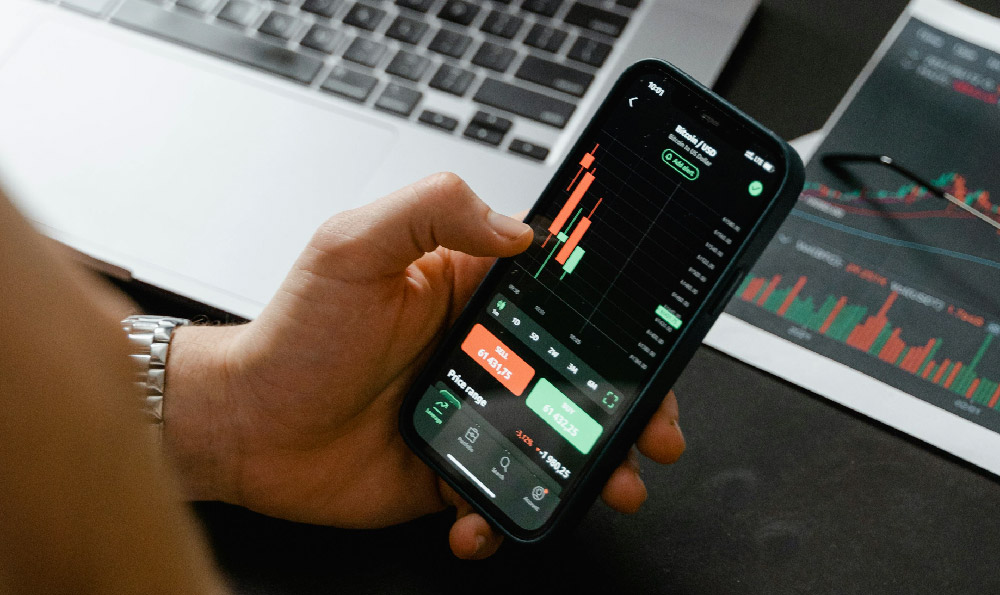The allure of cryptocurrencies is undeniable. Tales of overnight millionaires and the potential for disrupting traditional finance have drawn countless investors into the digital asset space. However, the question of safety in crypto investing remains paramount, and rightfully so. It's not a simple yes or no answer, but rather a complex equation involving inherent risks, market volatility, and, crucially, individual investor behavior.
Let's be clear: crypto investing is inherently risky. These are nascent markets, often operating outside the regulatory frameworks that protect investors in traditional assets like stocks and bonds. This lack of regulation creates opportunities for scams, fraud, and market manipulation. Furthermore, the underlying technology, while innovative, is still evolving and prone to vulnerabilities. Smart contract bugs, blockchain forks, and 51% attacks are just a few examples of technical risks that can impact the value and security of your investments.
Beyond the inherent technological and regulatory uncertainties, the crypto market is known for its extreme volatility. Prices can swing wildly in short periods, driven by news events, social media sentiment, and large whale transactions. What might be a promising investment one day can plummet significantly the next, leaving inexperienced investors scrambling to cut their losses. This volatility is particularly amplified by the speculative nature of many cryptocurrencies, where value is often based on future potential rather than current utility or established fundamentals.

However, labeling crypto investing as inherently unsafe is an oversimplification. While risks exist, they can be mitigated through careful planning, research, and a disciplined approach. The key is to understand these risks and implement strategies to protect your capital.
So, how can you invest safely in crypto? It starts with education. Before putting a single dollar into any cryptocurrency, take the time to understand the technology, the team behind the project, the whitepaper, and the tokenomics. Don't rely solely on hype or recommendations from social media influencers. Research different cryptocurrencies, analyze their use cases, and assess their long-term viability. Understand the difference between Bitcoin, Ethereum, and altcoins, and be wary of projects promising unrealistic returns or lacking transparency.
Diversification is another crucial element of safe crypto investing. Don't put all your eggs in one basket. Spread your investments across a variety of cryptocurrencies with different market caps, use cases, and risk profiles. This helps to reduce the impact of any single investment performing poorly. Consider allocating a portion of your portfolio to more established cryptocurrencies like Bitcoin and Ethereum, which have a longer track record and greater liquidity. Then, allocate a smaller portion to potentially higher-growth altcoins, recognizing that these investments carry a higher degree of risk.
Implementing risk management strategies is paramount. Determine your risk tolerance and set clear investment goals. Only invest what you can afford to lose, and avoid using leverage or margin, which can amplify both gains and losses. Establish stop-loss orders to automatically sell your holdings if the price drops below a certain level, limiting your potential losses. Regularly rebalance your portfolio to maintain your desired asset allocation.
Choosing a reputable and secure cryptocurrency exchange is essential for protecting your assets. Look for exchanges that have strong security measures, such as two-factor authentication, cold storage of funds, and insurance against theft. Research the exchange's history and reputation, and read reviews from other users. Be cautious of smaller, less-established exchanges, as they may be more vulnerable to hacks and scams.
Always store your cryptocurrencies in a secure wallet. While leaving your funds on an exchange may seem convenient, it exposes you to the risk of the exchange being hacked or going bankrupt. Consider using a hardware wallet, which stores your private keys offline, providing the highest level of security. Alternatively, you can use a software wallet, but make sure to choose a reputable one and take steps to protect your device from malware and phishing attacks.
Stay informed about the latest news and developments in the crypto space. Follow reputable news sources, attend industry conferences, and join online communities to stay up-to-date on market trends, regulatory changes, and emerging technologies. Be aware of potential scams and phishing attempts, and never share your private keys or personal information with anyone.
Finally, remember that crypto investing is a long-term game. Don't get caught up in short-term price fluctuations or try to time the market. Focus on the long-term potential of the underlying technology and the adoption of cryptocurrencies as a whole. By taking a disciplined and informed approach, you can mitigate the risks and increase your chances of success in the crypto market.
Investing safely in crypto is not about eliminating risk entirely, but rather about understanding and managing it effectively. It requires a commitment to education, diversification, risk management, and responsible investing practices. By following these guidelines, you can navigate the complexities of the crypto market and potentially reap the rewards while protecting your hard-earned capital. Remember, knowledge is your best defense in this volatile and rapidly evolving landscape.












